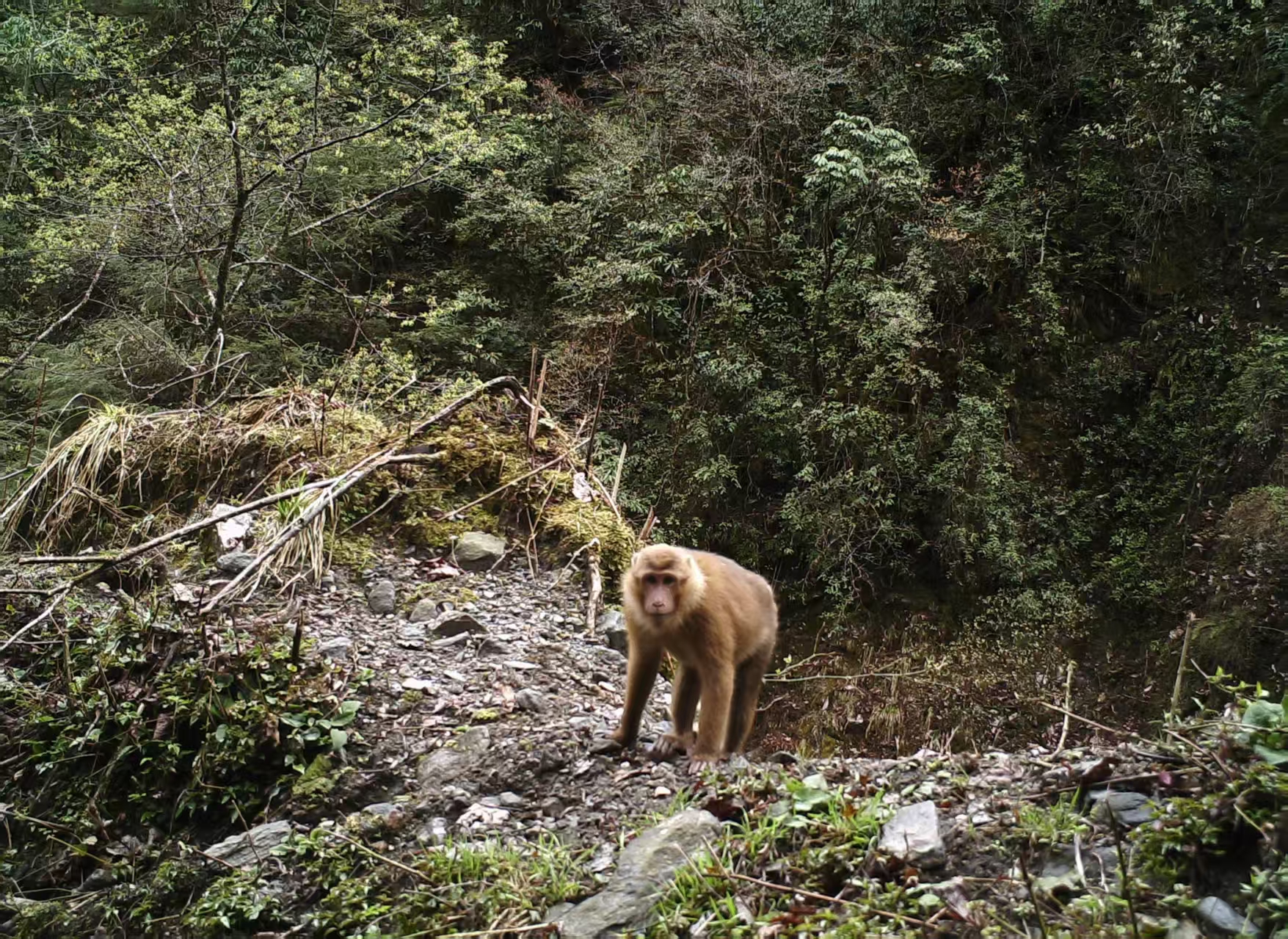白颊猕猴在西藏雅鲁藏布大峡谷国家级自然保护区的栖息地适宜性评价
- 1. 西藏农牧学院资源与环境学院, 西藏林芝 860000; 2. 中国科学院动物研究所动物进化与系统学院重点实验室, 北京 100101; 3. 中国科学院大学, 北京 100049; 4. 西藏自治区林业调查规划研究院, 拉萨 850000
收稿日期: 2024-11-08
修回日期: 2025-02-17
录用日期: 2025-05-11
网络出版日期: 2025-05-12
Habitat suitability evaluation of Macaca leucogenys in the Yarlung Zangbo Grand Canyon National Nature Reserve, Xizang
- Jin-Bo XU ,
- Ya-Qian CUI ,
- Yuan Wang ,
- Wei Bo WANG ,
- Feng LIU ,
- Wang Guang Long ,
- JingJing HU ,
- PuBu DunZhu ,
- DuoJI BIANBA ,
- Zeng DAN ,
- Kai HU ,
- Xiao Chuan WANG ,
- GANG SONG ,
- Yong-Lei LV ,
- Zhi Xin WEN
1 College of Resources and Environment, Xizang Agricultural & Animal Husbandry University, Linzhi, Xizang 860000, China
2 Key Laboratory of Zoological Systematics and Evolution, Institute of Zoology, Chinese Academy of Sciences, Beijing 100101, China
3 University of Chinese Academy of Sciences, Beijing 100049, China
4 Forestry Inventory and Planning Institute of Xizang Autonomous Region, Lhasa 850000, China
Received date: 2024-11-08
Revised date: 2025-02-17
Accepted date: 2025-05-11
Online published: 2025-05-12
摘要

关键词: 白颊猕猴; 西藏雅鲁藏布大峡谷国家级自然保护区; MaxEnt模型; 适宜性评价; 气候变化
本文引用格式
徐进博 , 崔雅倩 , 王渊 , 王伟波 , 刘锋 , 王广龙 , 扈晶晶 , 普布顿珠 , 边巴多吉 , 旦增 , 胡开 , 王小川 , 宋刚 , 吕永磊 , 温知新 . 白颊猕猴在西藏雅鲁藏布大峡谷国家级自然保护区的栖息地适宜性评价[J]. 生物多样性, 0 : 24493 . DOI: 10.17520/biods.2024493
Abstract
Aims: The white-cheeked macaque (Macaca leucogenys), a primate species of the genus Macaca, is classified as a Class II National Protected Animal in China. It is a newly discovered mammal species, first identified and named by Chinese scholars in the Motuo area in 2015. Due to its limited distribution range and small population size, research on the habitat suitability of Macaca leucogenys remains scarce.
Methods: To understand the distribution patterns of Macaca leucogenys, this study integrated infrared camera surveys and field investigation data, with multiple environmental variables, including canopy height, human influence index (HII), normalized difference vegetation index (NDVI), elevation, aspect, slope, and 19 bioclimatic factors. We applied the MaxEnt model to systematically analyze the species’ current habitat distribution and key influencing factors within the Yarlung Zangbo Grand Canyon National Nature Reserve, Xizang. Additionally, we predicted habitat changes trends based on the habitat conditions of the region under different future climate scenarios.
Results: (1) The MaxEnt models, fitted with the selected factors, achieved an AUC value of 0.924, indicating a high level of prediction accuracy; (2) the key environmental variables affecting the current distribution of Macaca leucogenys were precipitation of wettest month (bio13), human influence index (HII), annual temperature range (bio7) and seasonal precipitation (bio15); (3) under current climate conditions, the most suitable habitats for Macaca leucogenys are primarily concentrated in the experimental area of the Yarlung Zangbo Grand Canyon National Nature Reserve, with some high-suitability areas extending into Damu core area; (4) under future climate scenarios (SSP1-2.6 and SSP3-7.0) for the 2050s, the suitable habitat area for Macaca leucogenys is projected to increase compared to the current climate conditions.
Conclusion: This study provides theoretical and foundational data for understanding the current and future distribution of Macaca leucogenys, which is important for designing effective conservation strategies for this endangered species.
